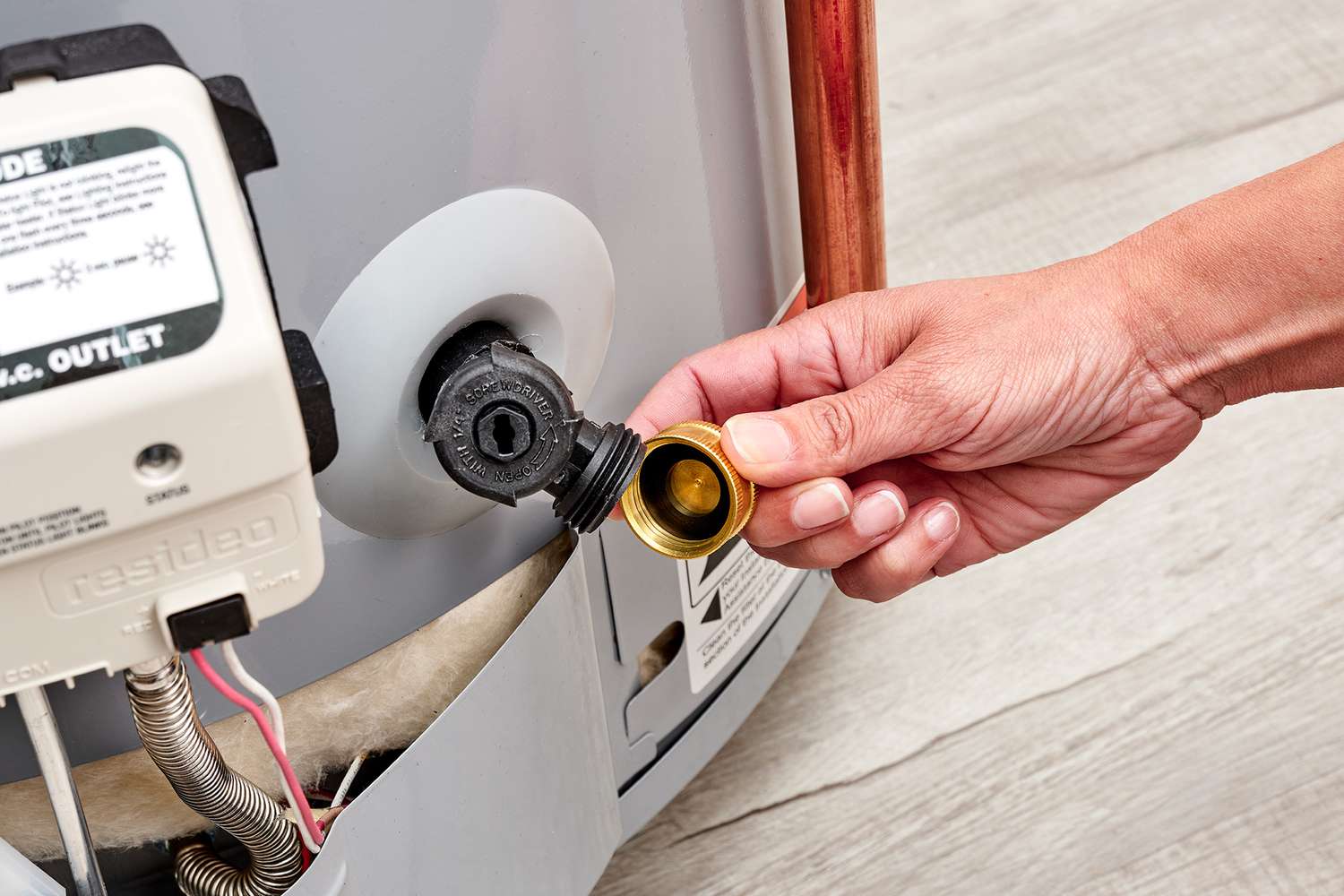

Articles
How To Drain Whirlpool Water Heater
Modified: October 22, 2024
Learn how to drain your Whirlpool water heater with these helpful articles. Get step-by-step instructions and expert tips to ensure a smooth process.
(Many of the links in this article redirect to a specific reviewed product. Your purchase of these products through affiliate links helps to generate commission for Storables.com, at no extra cost. Learn more)
Introduction
Welcome to our guide on how to drain a Whirlpool water heater. Regular maintenance is essential for ensuring the longevity and efficiency of your water heater. One important task is draining the water heater to remove sediment and mineral buildup. This not only improves the performance and efficiency of the heater but also helps prevent potential damage and expensive repairs.
Draining a Whirlpool water heater may seem like a daunting task, but with the right tools and step-by-step instructions, it can be a straightforward process. In this article, we will walk you through the steps to safely and effectively drain your Whirlpool water heater.
Before we get started, it’s important to note that draining a water heater typically requires basic handyman skills. If you are uncomfortable with any step or if you are unsure about your abilities, it is always best to contact a professional plumber. Safety should always be a priority.
Now, let’s jump into the step-by-step process of draining your Whirlpool water heater. By following these instructions, you can ensure that your water heater operates at its best and continues to provide you with hot water for years to come.
Key Takeaways:
- Regularly draining your Whirlpool water heater is essential for longevity, efficiency, and preventing damage. Follow the step-by-step guide to ensure optimal performance and hot water for years to come.
- Prioritize safety, gather materials, and follow the process carefully. If unsure, consult a professional plumber for expert guidance. Maintain a fully functional and efficient water heater with regular maintenance.
Read more: How To Drain Water Heater In The Attic
Step 1: Gather materials
Before you begin the process of draining your Whirlpool water heater, it’s important to gather all the necessary materials. Having everything on hand will make the process go much smoother and prevent unnecessary interruptions. Here’s a list of the materials you’ll need:
- A garden hose long enough to reach a drain or suitable outdoor area
- A bucket or large container to collect the draining water
- An adjustable wrench or pliers
- Teflon tape
- Gloves and protective eyewear
Double-check that you have all the materials and tools readily available before proceeding to the next step. This will save you time and frustration later on.
It’s worth noting that some water heaters may have specific drain valves or components that require additional tools or materials. Refer to your Whirlpool water heater’s instruction manual for any unique requirements.
By being prepared and having all the necessary materials, you’ll ensure a smooth and efficient draining process for your Whirlpool water heater.
Step 2: Turn off power supply
Before beginning any maintenance or repair work on your water heater, it is crucial to turn off the power supply to ensure your safety. Most Whirlpool water heaters are electrically powered, so follow these steps to safely shut off the power:
- Locate the circuit breaker panel in your home. It is usually located in the basement, garage, or utility room.
- Identify the circuit breaker that controls the power supply to your water heater. It is typically labeled clearly.
- Flip the switch of the circuit breaker to the “Off” position. This will cut off the power supply to your water heater.
Double-check that the power is indeed off by testing the water heater. Turn on a hot water faucet in your home and wait for a few seconds. If no hot water comes out, it means that the power has been successfully turned off.
Note: If your Whirlpool water heater runs on gas, you will need to turn off the gas supply instead. Consult your water heater’s instruction manual or contact a professional for guidance on how to do this safely.
Turning off the power supply is a crucial step in ensuring your safety while working on the water heater. Take the time to double-check and confirm that no power is reaching the unit before moving on to the next step.
Step 3: Shut off water supply
Before you can begin draining your Whirlpool water heater, you need to shut off the water supply to prevent any new water from entering the tank. Here’s how to do it:
- Locate the water shut-off valve connected to your water heater. It’s usually located on the cold water inlet pipe near the top of the tank.
- Turn the valve clockwise (to the right) until it is completely closed. This will shut off the water supply to your water heater.
Double-check that the water supply has been shut off by opening a hot water faucet in your home. If no water comes out or only a minimal amount trickles out, it means that the water supply to the water heater has been successfully turned off.
It’s important to shut off the water supply to prevent any new water from entering the tank while you’re draining it. This ensures that the draining process is effective and allows you to remove any sediment or mineral buildup from the tank.
Now that the water supply has been shut off, you’re ready to proceed to the next step of attaching a hose to the drain valve.
Step 4: Attach a hose to the drain valve
Now that you have shut off the water supply to your Whirlpool water heater, it’s time to attach a hose to the drain valve. This hose will allow you to safely and conveniently direct the water flow away from the water heater. Follow these steps:
- Locate the drain valve on the bottom of the water heater. It is typically a brass or plastic valve with a threaded outlet.
- Ensure that the end of the hose is equipped with a fitting that matches the threaded outlet size of the drain valve.
- Wrap Teflon tape around the threads of the drain valve to create a watertight seal. This helps prevent any leaks during the draining process.
- Screw the hose onto the threaded outlet of the drain valve, ensuring a tight connection.
- Position the other end of the hose in a suitable drainage area, such as a floor drain, utility sink, or outside where the water can safely flow away.
Double-check that the hose is securely attached to the drain valve and that the other end is positioned in a suitable drainage area. This will prevent any water from spilling or causing damage during the draining process.
By attaching a hose to the drain valve, you can control the direction of the water flow and avoid any unnecessary mess or inconvenience. With this step completed, you’re now ready to move on to the next step of opening the pressure relief valve.
Read more: How To Drain An Electric Water Heater
Step 5: Open the pressure relief valve
Before you begin draining your Whirlpool water heater, it’s important to open the pressure relief valve. This valve helps to relieve the built-up pressure inside the tank during the draining process. Here’s how to do it:
- Locate the pressure relief valve on the top or side of the water heater. It is typically a small lever or handle attached to a valve.
- Place a bucket or container beneath the pressure relief valve to catch any water that might be released.
- Gently lift the lever or handle on the pressure relief valve. This will open the valve and allow any built-up pressure to escape.
- If water flows steadily from the pressure relief valve, it indicates that there is still pressure in the tank. Allow the water to flow until it stops completely.
- Once the pressure has been relieved, carefully lower the lever or handle back into its original position to close the pressure relief valve.
Opening the pressure relief valve is important to prevent any potential accidents or damage during the draining process. It allows the pressure inside the tank to be released, ensuring a safe and effective draining experience.
Now that you have opened the pressure relief valve, you’re ready to proceed to the next step of opening the drain valve to start draining the water heater.
Before draining your Whirlpool water heater, make sure to turn off the power or gas supply to the unit. Then, connect a garden hose to the drain valve and open it to release the water. Be sure to let the water cool down before draining to avoid burns.
Step 6: Open the drain valve
With the pressure relief valve opened and the hose securely attached, it’s time to open the drain valve on your Whirlpool water heater. Opening the drain valve will allow the trapped water inside the tank to start flowing out. Follow these steps:
- Slowly turn the drain valve counterclockwise (to the left) using an adjustable wrench or pliers. This will open the valve and allow water to start flowing through the hose.
- Keep an eye on the other end of the hose and make sure the water is flowing smoothly into the drainage area.
- Be patient as the water heater drains. Depending on the size of your tank and the amount of sediment or mineral buildup, it may take some time for all the water to drain out completely.
While the water heater is draining, it’s a good time to inspect the water for any signs of excessive sediment or discoloration. This could indicate that your water heater needs further maintenance or flushing.
Remember to handle the draining water with caution, as it may be hot. Use gloves and protective eyewear to ensure your safety.
By opening the drain valve, you’re allowing the trapped water inside the tank to flow out, along with any sediment or mineral buildup. This helps maintain the performance and longevity of your Whirlpool water heater.
Once the water has stopped flowing and the tank is empty, you can move on to the next step of closing the drain valve.
Step 7: Drain the water heater
Now that you have opened the drain valve and the water is flowing out, it’s time to fully drain your Whirlpool water heater. Draining the water heater is essential for removing sediment and mineral buildup that can affect its efficiency and performance. Follow these steps:
- Allow the water to flow out through the hose until it stops. This indicates that the tank is empty and all the water has been drained.
- While the tank is draining, use a flashlight to inspect the inside of the tank. Look for any remaining sediment or debris that may be clinging to the walls or the bottom. If you notice a significant buildup, consider flushing the tank to remove it.
- Once the tank is completely drained, remove the hose from the drain valve and set it aside.
Draining the water heater not only helps remove sediment and mineral buildup but also provides an opportunity to assess the condition of the tank. If you notice any signs of corrosion or damage, it may be a good idea to consult a professional plumber for further inspection.
Now that the water heater is drained, you’re ready to proceed to the next step of closing the drain valve.
Note: Always handle the draining water with caution, as it may still be hot. Allow it to cool before disposing of it or touching it.
Step 8: Close the drain valve
After you have successfully drained your Whirlpool water heater, it’s important to close the drain valve to prevent any leaks or water entry. Follow these steps to close the drain valve:
- Gently turn the drain valve clockwise (to the right) using an adjustable wrench or pliers. This will close the valve and secure it in place.
- Ensure that the drain valve is tightly closed to prevent any water from leaking out.
By closing the drain valve, you are ensuring that the water heater is sealed and ready for the next step of turning on the water supply.
Take a moment to inspect the area around the drain valve for any signs of leaks. If you notice any leaks, tighten the valve further or consider replacing it to prevent future issues.
With the drain valve securely closed, you’re now ready to move on to the next step of turning on the water supply.
Remember to proceed with caution and use the appropriate tools when closing the drain valve to avoid any damage or injury.
Read more: How To Drain Water Heater In Basement
Step 9: Turn on the water supply
With the drain valve securely closed, it’s time to turn on the water supply to your Whirlpool water heater. Restoring the water supply will allow the tank to fill up again and prepare it for heating. Follow these steps:
- Locate the water shut-off valve that you previously closed during Step 3.
- Turn the valve counterclockwise (to the left) until it is fully open. This will restore the water supply to your water heater.
As you turn the water supply back on, it’s normal to hear some noise as the tank refills. This is a sign that the water is flowing properly into the water heater.
Be sure to check for any leaks around the water shut-off valve and the connections to the water heater. If you notice any leaks, turn off the water supply again and address the issue before proceeding.
Turning on the water supply is an important step in preparing your Whirlpool water heater to provide hot water once again. With the water supply restored, you’re ready to move on to the final step of turning on the power supply.
Remember to handle the water shut-off valve with care and avoid overtightening to prevent any damage.
Step 10: Turn on the power supply
Now that the water supply has been restored, it’s time to turn on the power supply to your Whirlpool water heater. This step will allow the heater to start heating the water and provide you with hot water as needed. Follow these steps:
- Locate the circuit breaker panel in your home.
- Identify the circuit breaker that controls the power supply to your water heater.
- Flip the switch of the circuit breaker to the “On” position. This will restore the power supply to your water heater.
As you turn on the power supply, listen for any sounds coming from the water heater. You may hear the heating element or the unit itself operating. This indicates that the water heater is functioning correctly.
It’s important to note that after turning on the power supply, it may take some time for the water in the tank to heat up to the desired temperature. Be patient and allow a sufficient amount of time for the water heater to fully heat the water.
By turning on the power supply, you have completed the final step in the process of draining and maintaining your Whirlpool water heater. The water heater will now resume its normal operation and provide you with hot water for your everyday needs.
Remember to regularly check the water heater for any signs of damage or issues and perform routine maintenance as recommended by the manufacturer to ensure its optimal performance.
Conclusion
Congratulations! You have successfully learned how to drain your Whirlpool water heater. Regularly draining your water heater is a critical maintenance task that helps prolong its lifespan, improve efficiency, and prevent potential damage. By following the step-by-step instructions outlined in this guide, you have taken an important step towards maintaining the optimal performance of your water heater.
Remember, safety always comes first when working with water heaters. If you feel uncomfortable or unsure about any step of the process, it is always best to consult a professional plumber. They can provide expert guidance and ensure the task is carried out safely.
In summary:
- Gather all the necessary materials.
- Turn off the power supply to the water heater.
- Shut off the water supply to the water heater.
- Attach a hose to the drain valve.
- Open the pressure relief valve.
- Open the drain valve to start draining the water heater.
- Allow the water heater to fully drain.
- Close the drain valve.
- Turn on the water supply to the water heater.
- Turn on the power supply to the water heater.
Regularly draining your Whirlpool water heater is an essential maintenance task that should be performed at least once a year or as recommended by the manufacturer. This helps remove sediment and mineral buildup, improve efficiency, and ensure the longevity of your water heater.
Always remember to prioritize safety throughout the entire process. Use proper tools, wear protective gear, and consult professionals when needed. Following these guidelines will help you maintain a fully functional and efficient water heater for years to come.
Thank you for reading our guide on how to drain a Whirlpool water heater. We hope this information has been helpful to you. Now, go ahead and give your water heater the care it deserves!
Frequently Asked Questions about How To Drain Whirlpool Water Heater
Was this page helpful?
At Storables.com, we guarantee accurate and reliable information. Our content, validated by Expert Board Contributors, is crafted following stringent Editorial Policies. We're committed to providing you with well-researched, expert-backed insights for all your informational needs.
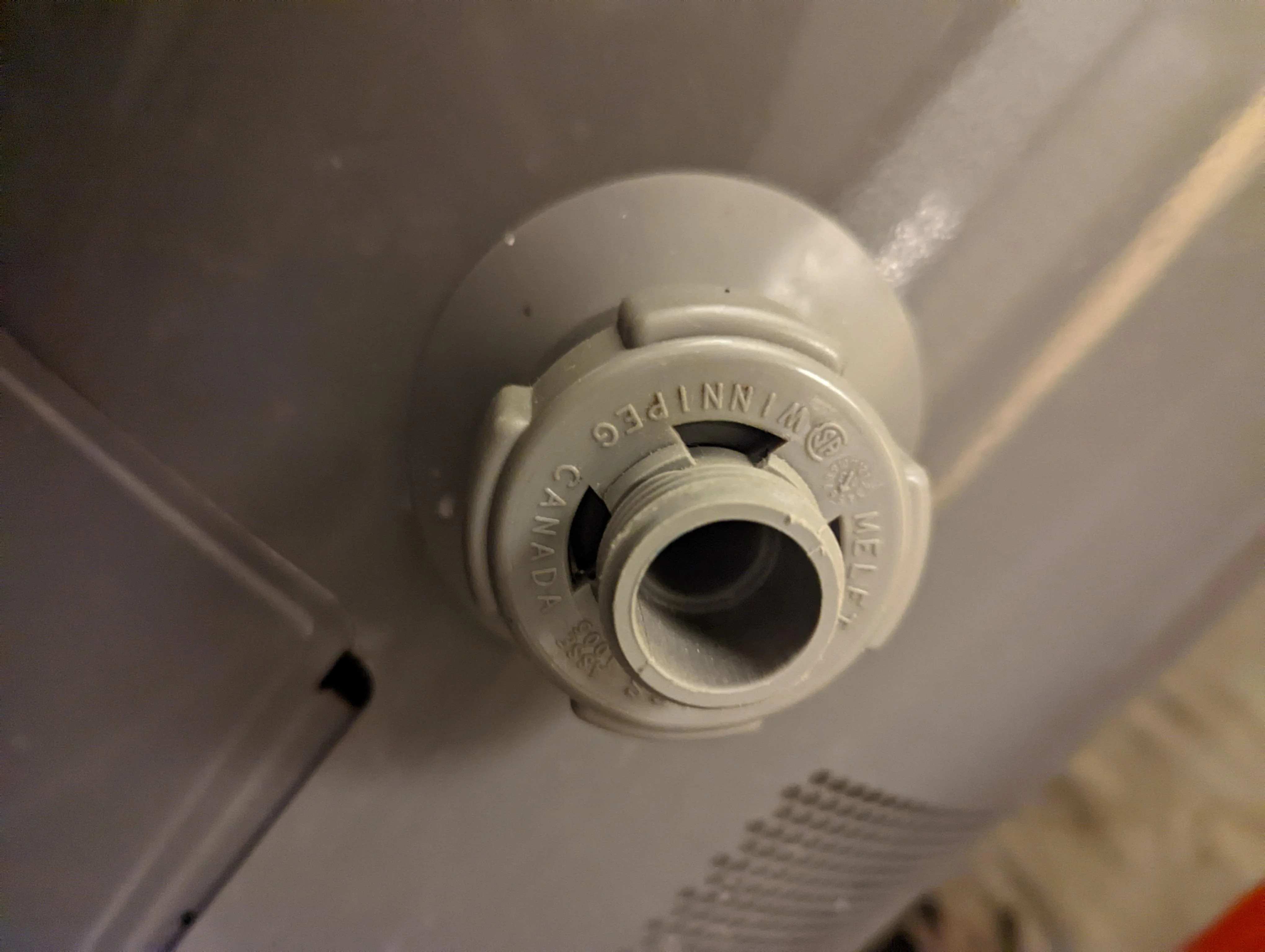
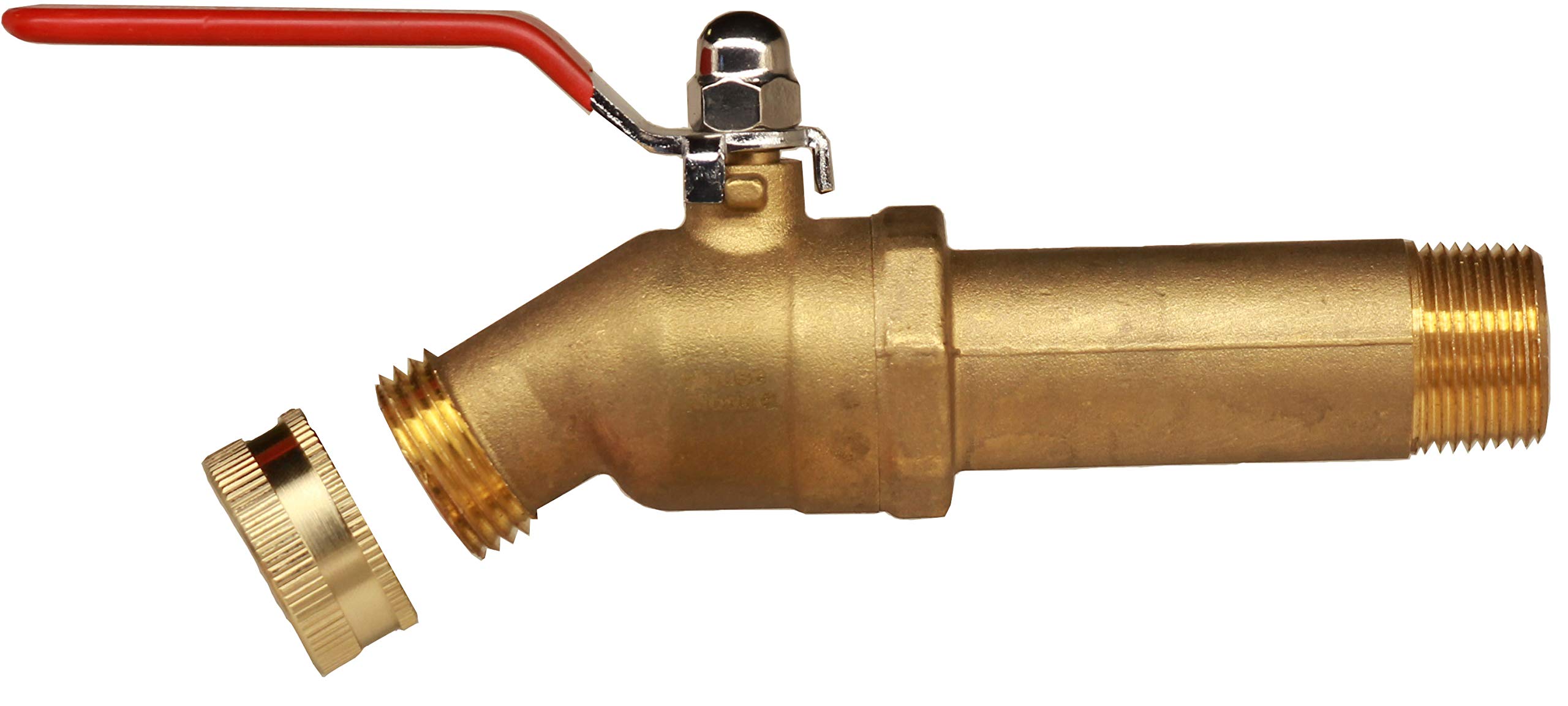
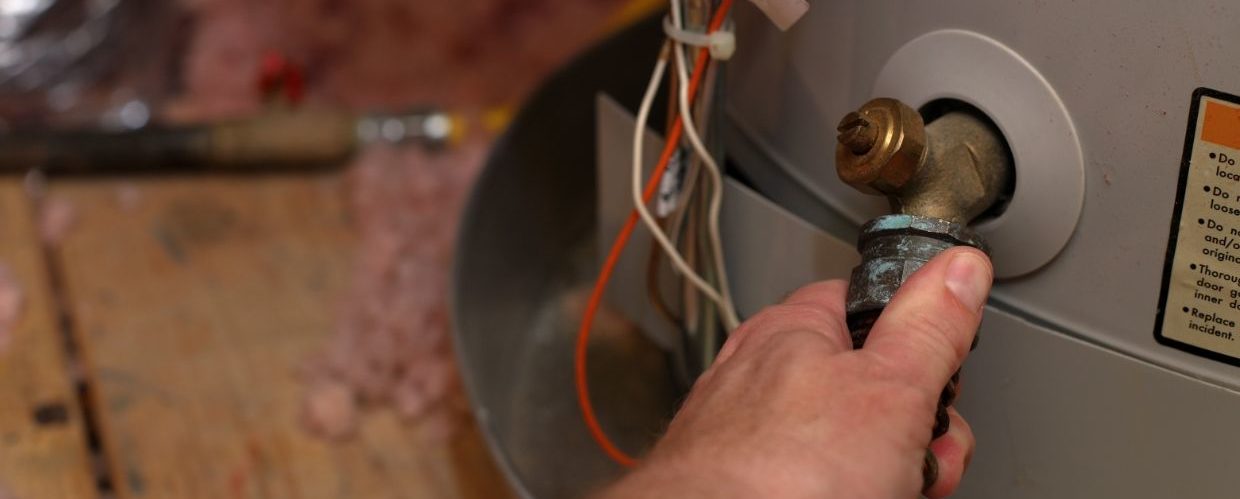
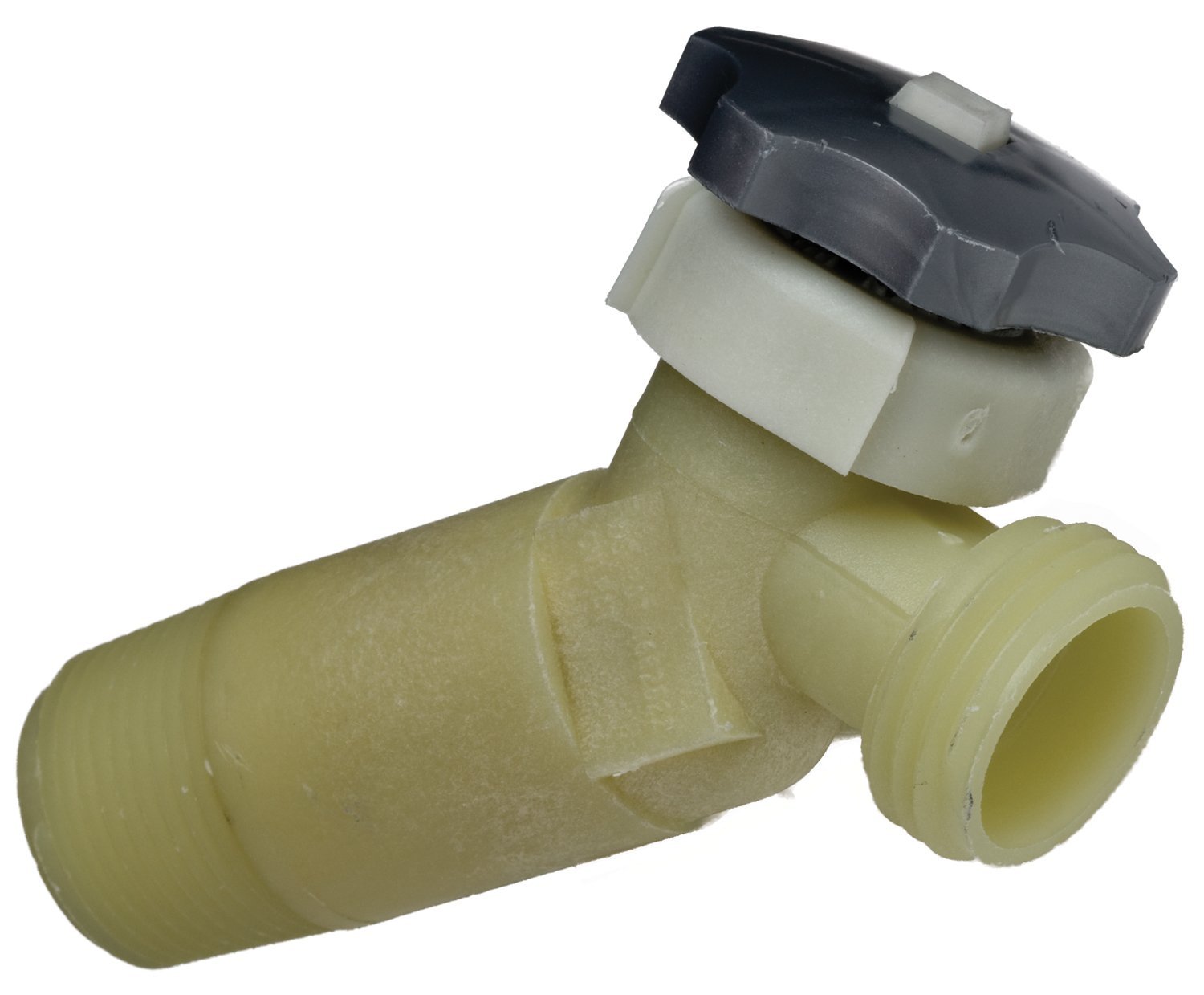
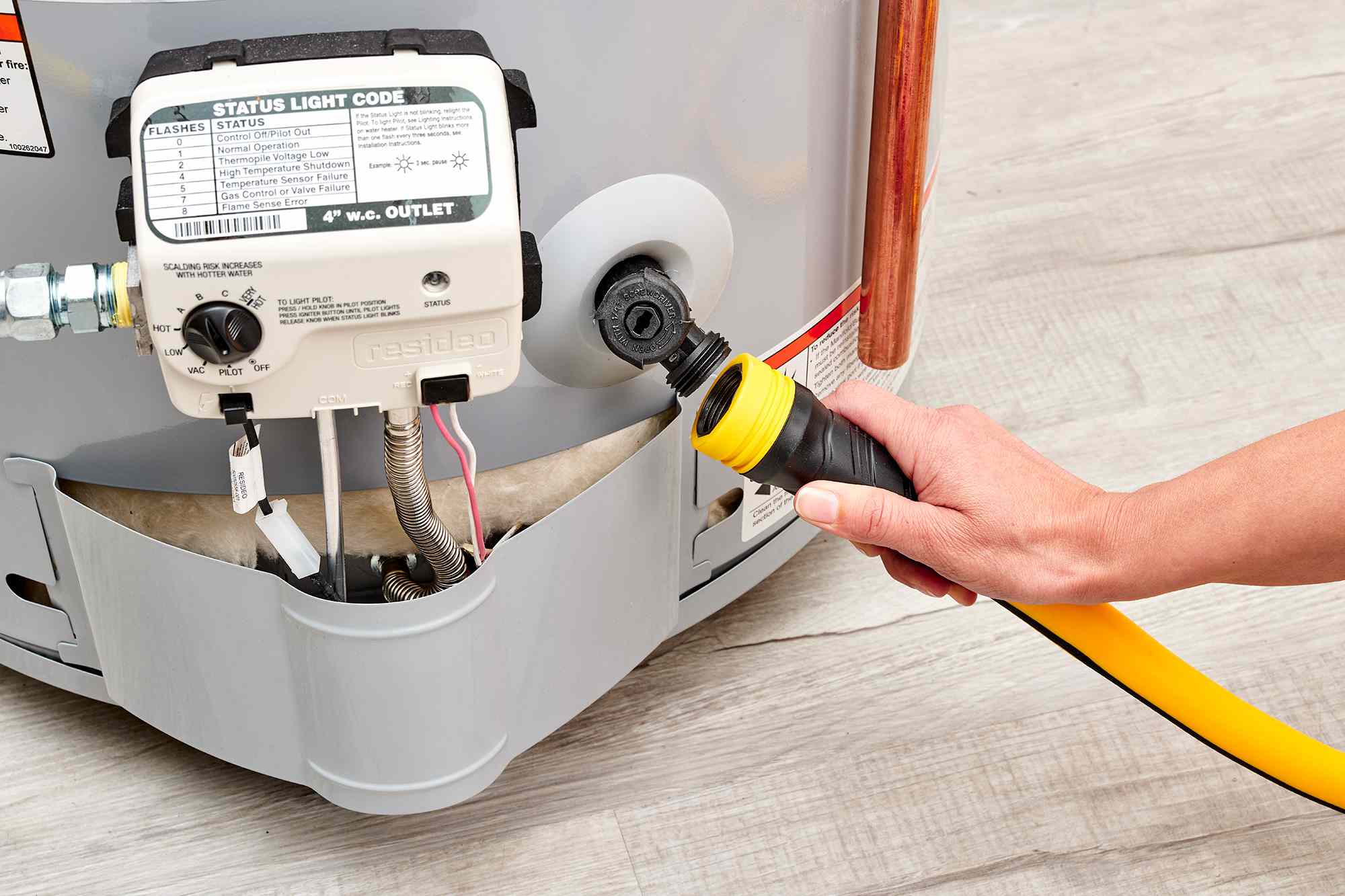
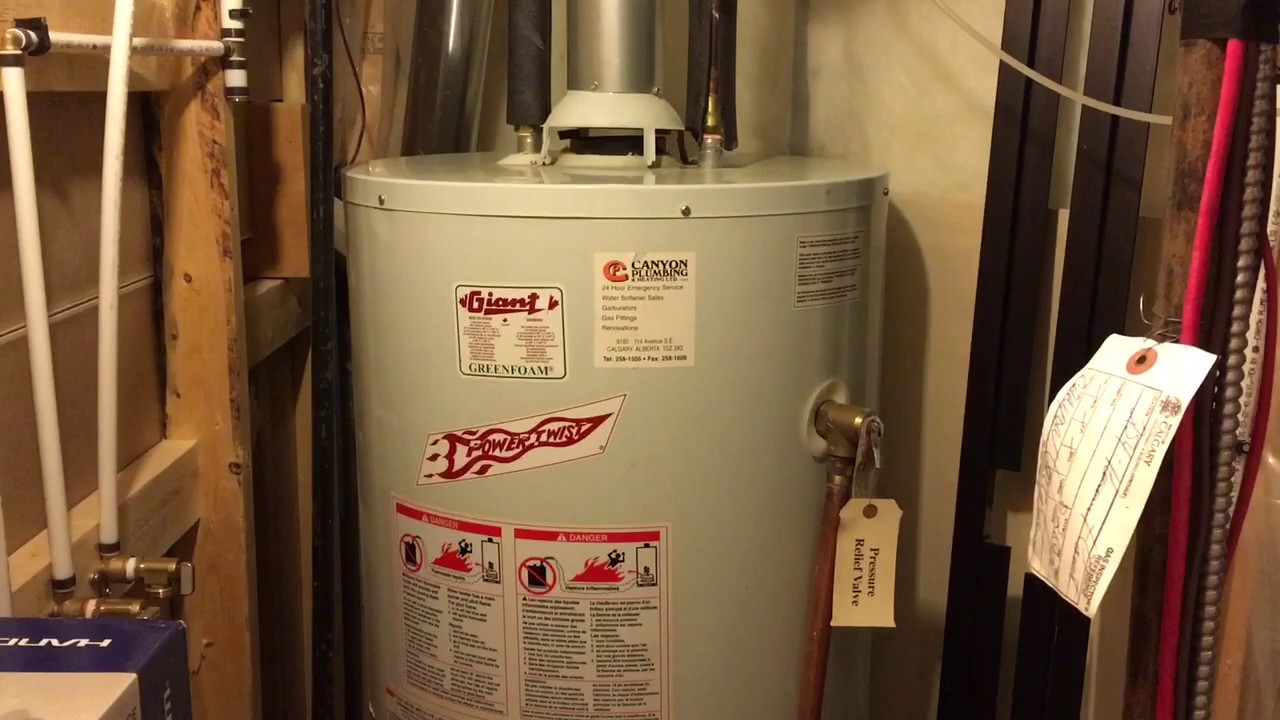
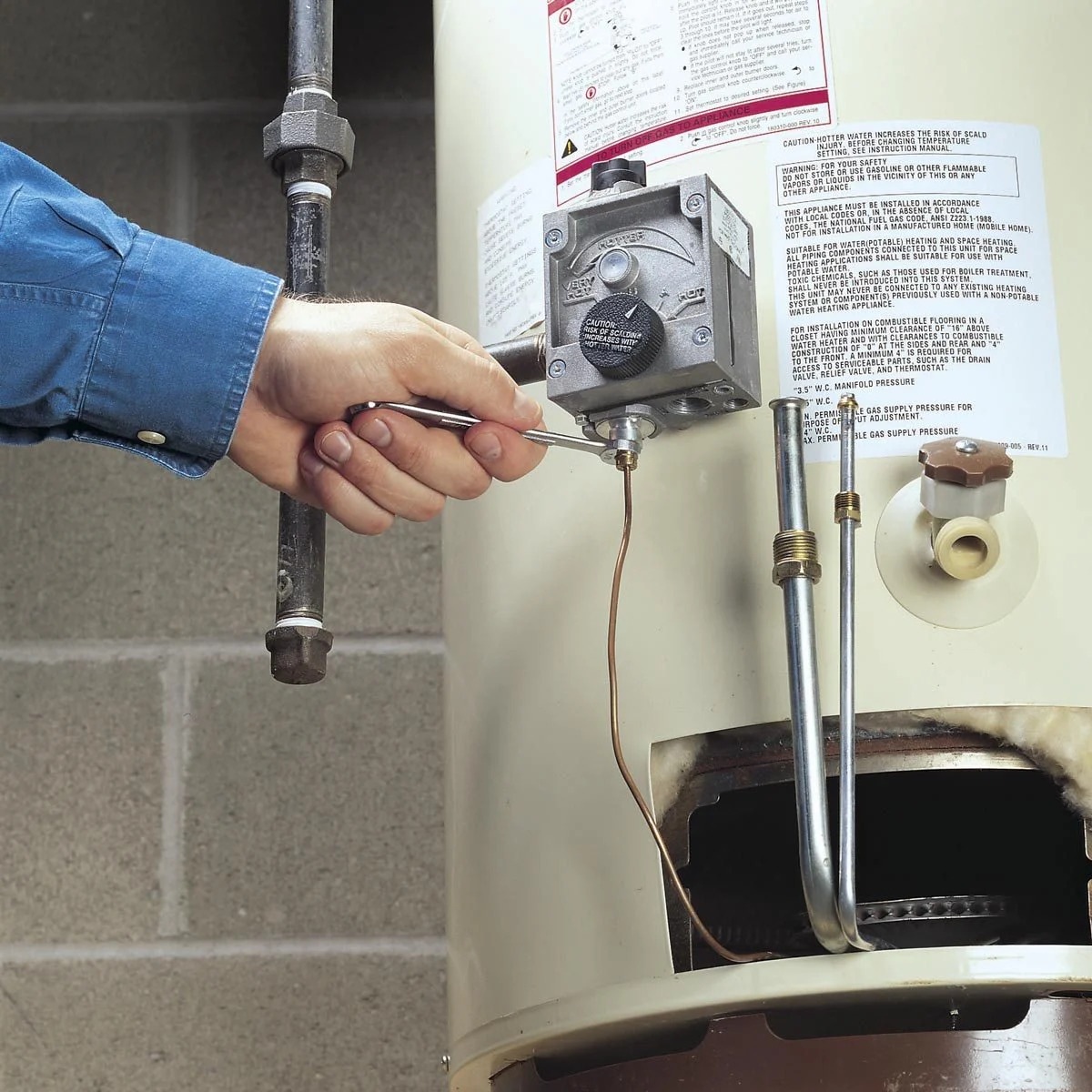
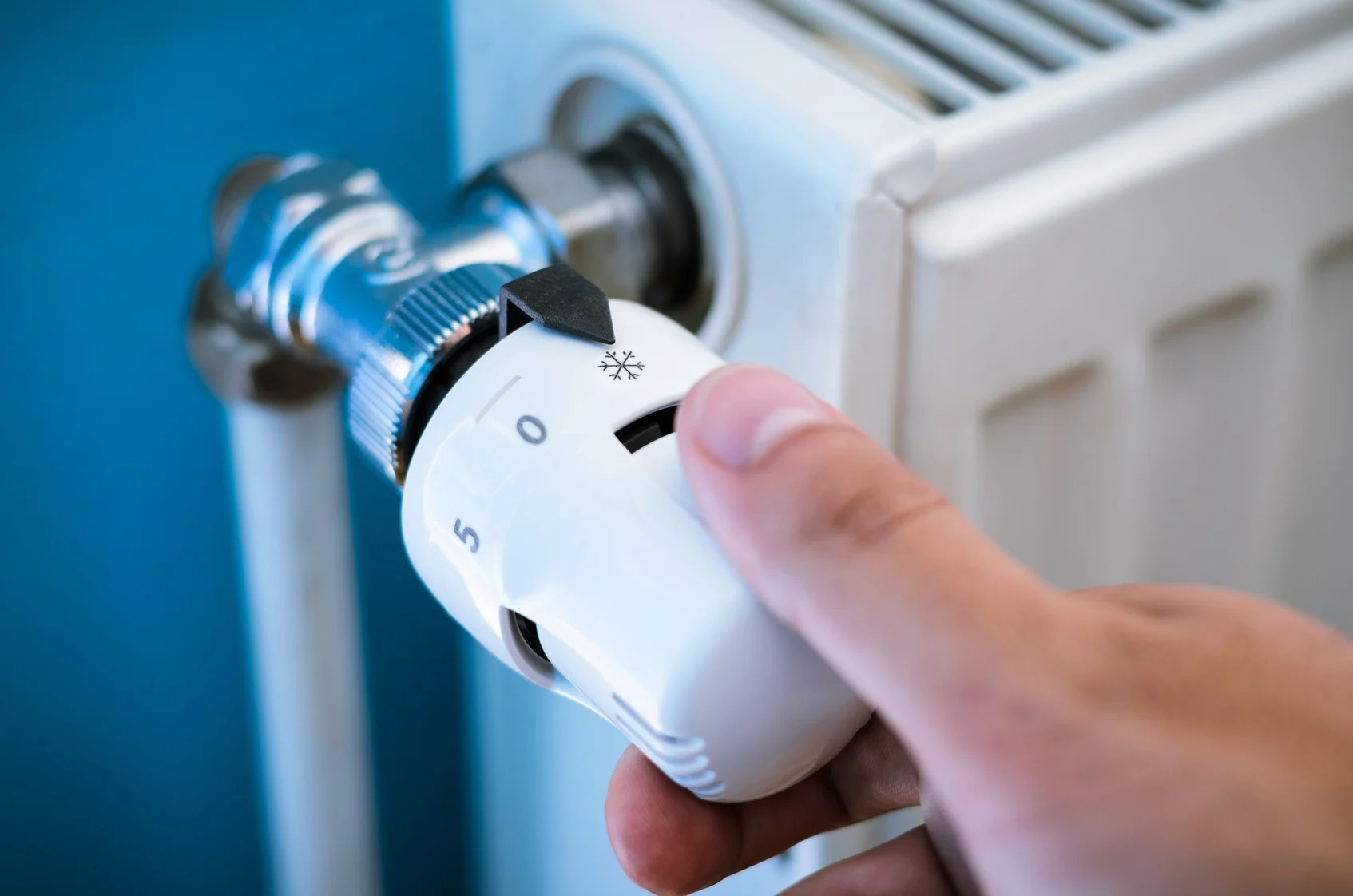
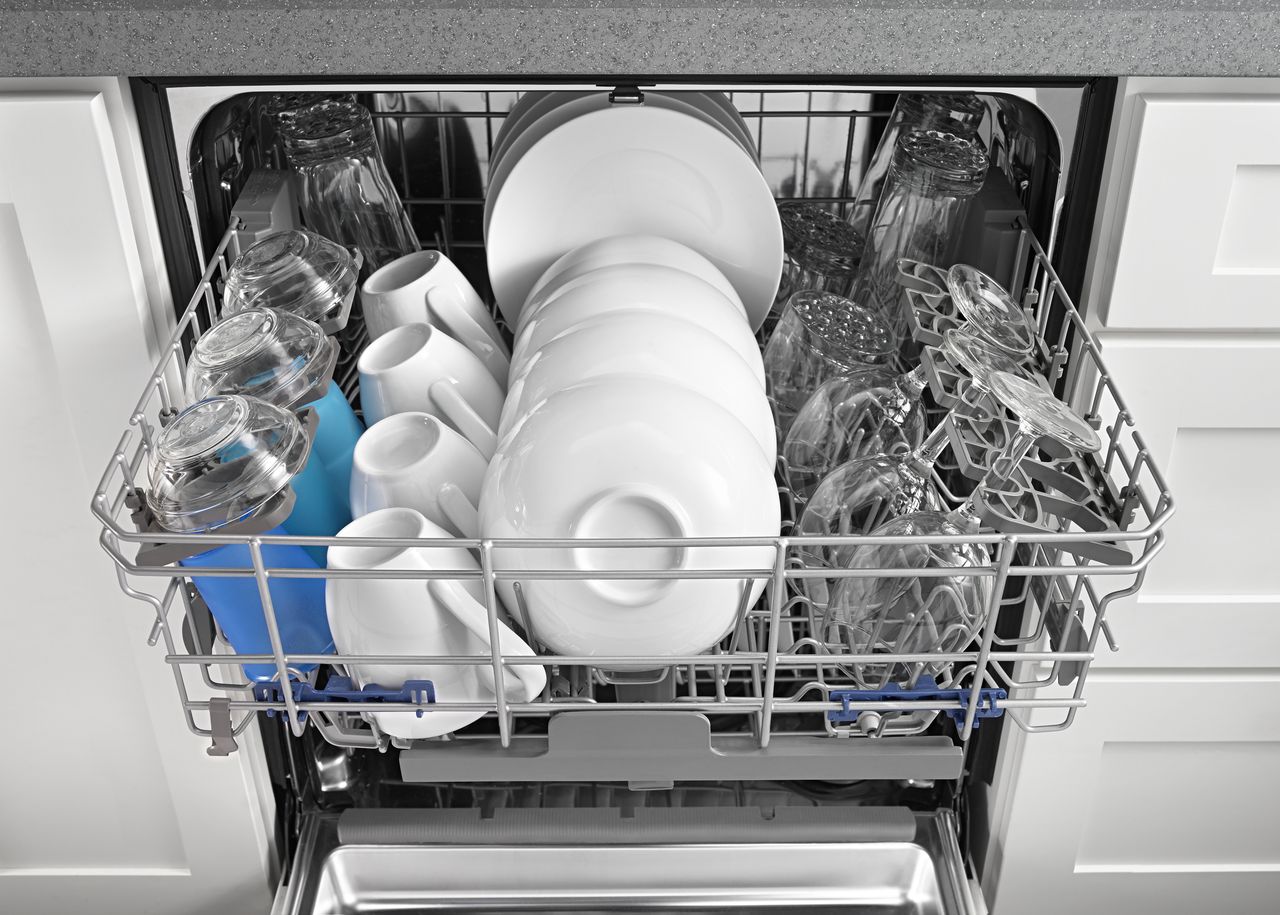

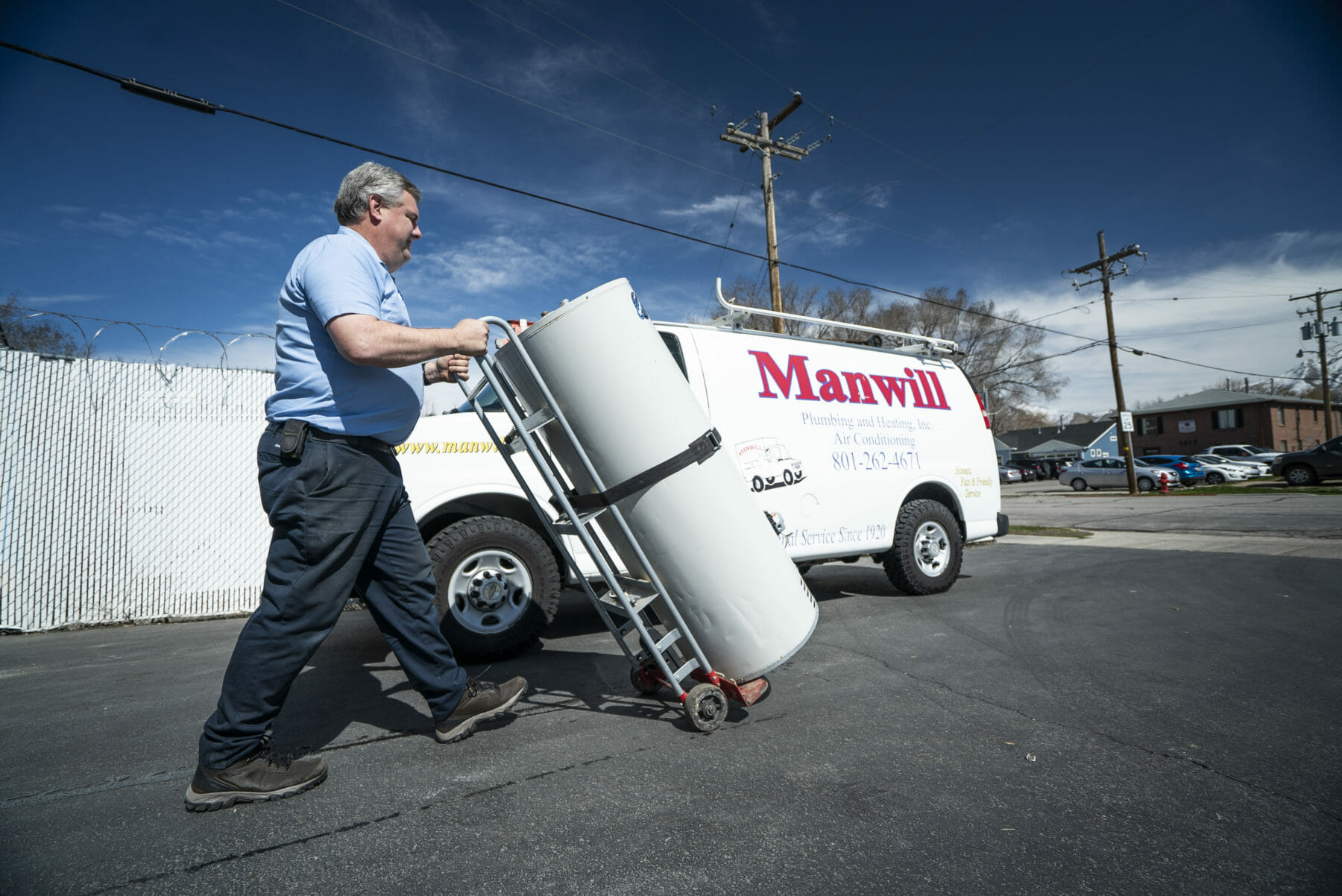
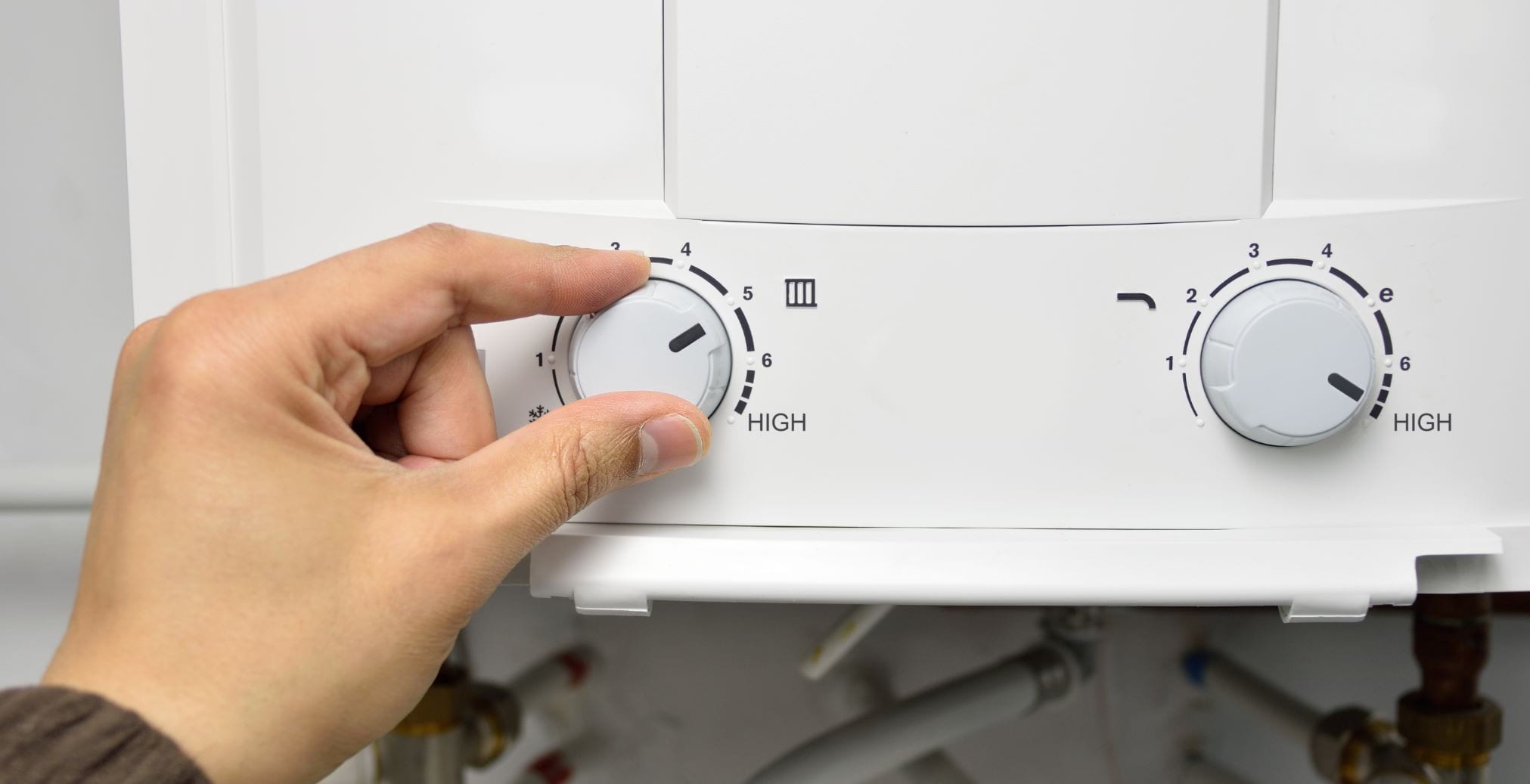
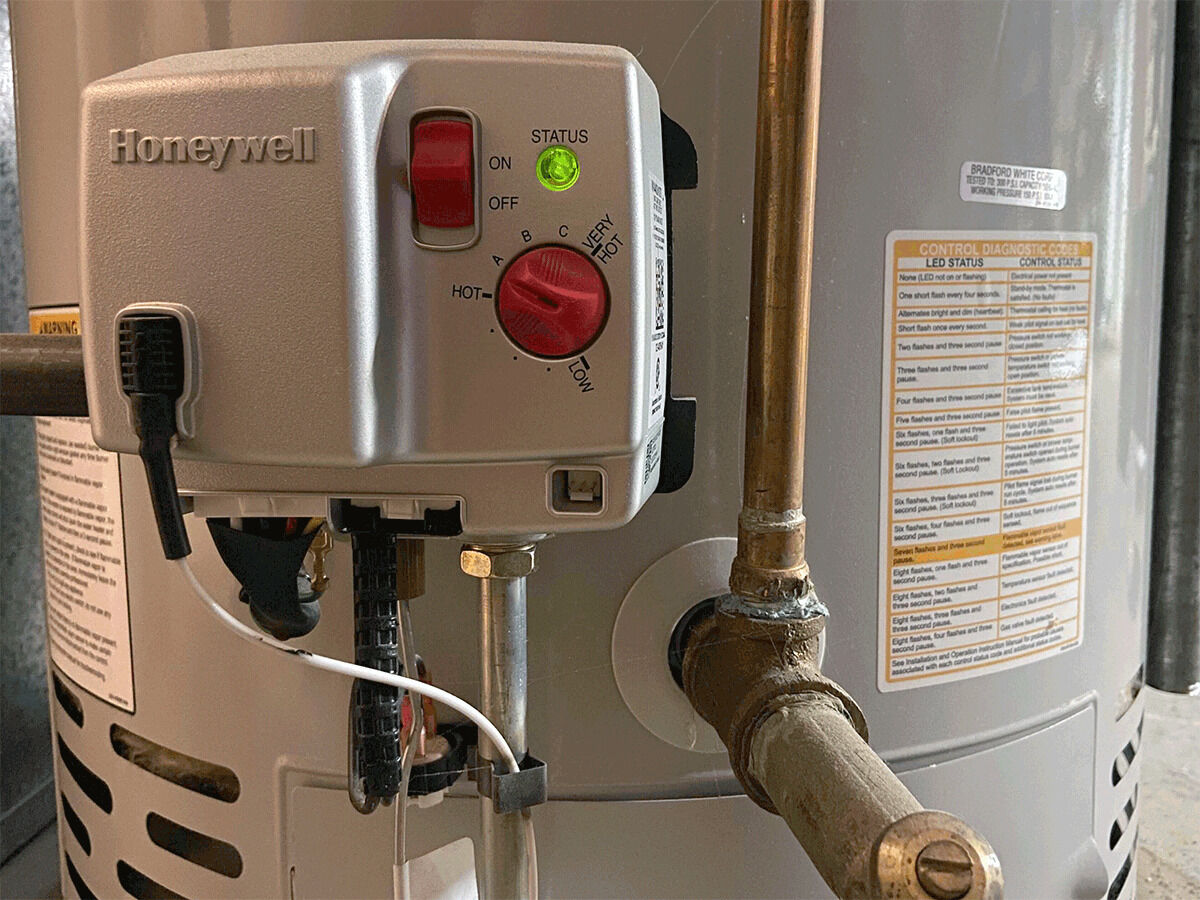

0 thoughts on “How To Drain Whirlpool Water Heater”